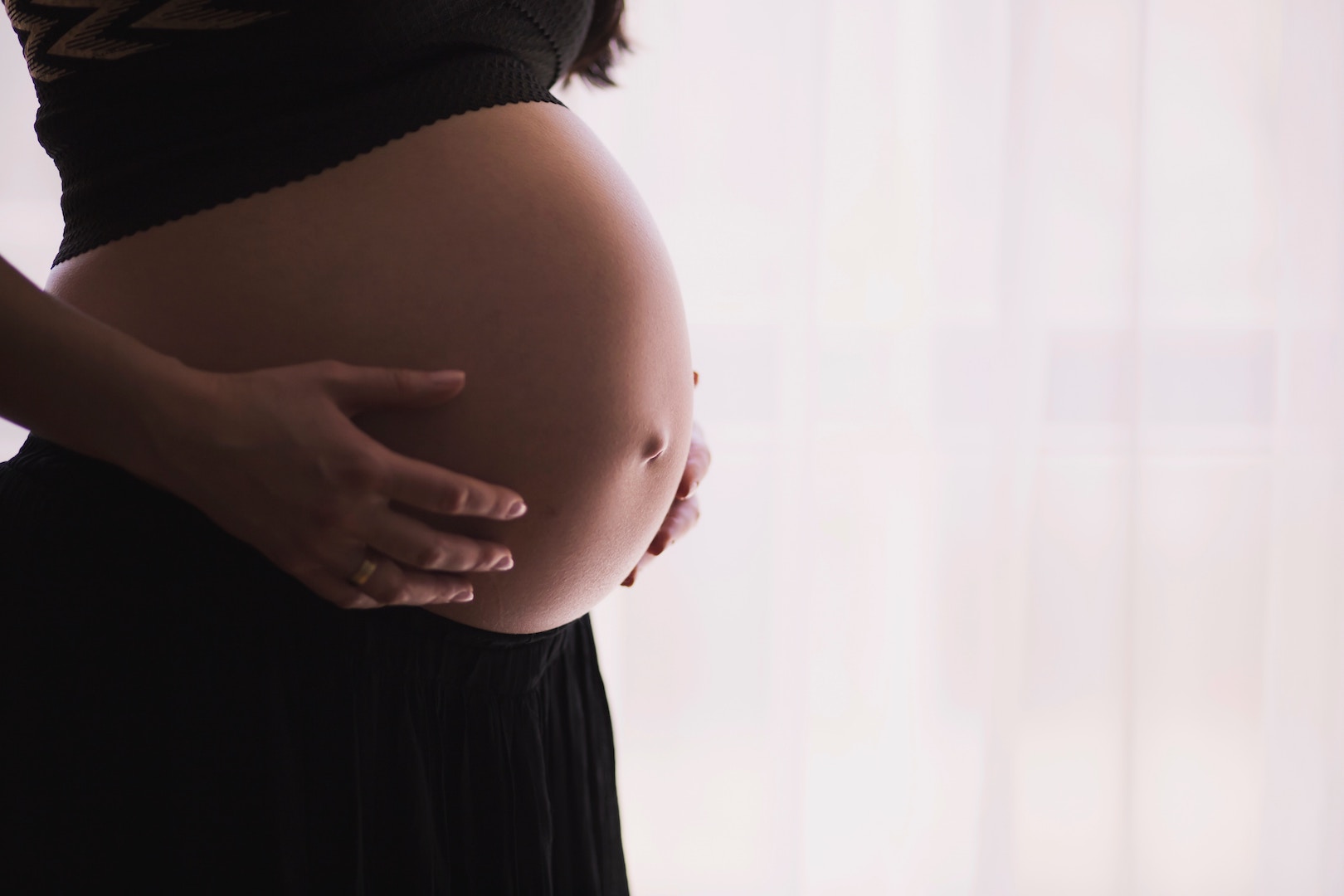Working Out While Pregnant
Are you expecting and wondering what you need to know about working out while pregnant? There’s good news: pregnancy is a great time to be active! Exercise can help you feel better, sleep better and ease some of your discomforts, like back pain. Here’s what you need to know to get started:
Ask your doctor first
Before you run a 5K with a baby bump, check with your doctor and make sure you’re okay to compete or participate in other demanding physical activities.
Choose the right form of exercise for you
A good place to start is by choosing exercise that you were doing before you were pregnant. If you enjoyed running or yoga before, you’re likely to enjoy that form of exercise while you are expecting.
Physical activity to avoid would include:
- Anything requiring you to hold your breath
- Activities where falling is likely and contact sports (softball, football, basketball, volleyball, etc.)
- Any exercise that might cause even mild abdominal trauma, jarring motions or rapid changes in direction, like full sit ups, double leg raises, waist twisting motion while standing, straight toe touches, and deep knee bends
- Heavy exercise spurts followed by long periods of no activity or exercise in hot, humid weather
- Any activity requiring excessive running, hopping, bouncing, skipping, or jumping
Many joggers enjoy running while pregnant, but again, because this is a more intense activity, check with your doctor first.
Pace yourself
Stretch before you start working out and don’t try to go for extended amounts of time. A common recommendation for exercising while pregnant is moderate activity for 30 minutes. A good rule of thumb is that you should be able to carry on a conversation while you work out. If you are having trouble speaking normally, you are probably pushing yourself too hard. Work out responsibly and remember to:
- Warm up and cool down
- Drink plenty of fluids
- Avoid overheating
Listen to your body
If you feel discomfort or pain, stop. Exercise is important, but you should also watch for danger signs including:
- Vaginal bleeding or fluid gushing or leaking from your vagina
- Dizziness, headache, or increased shortness of breath
- Chest pain, uneven or rapid heartbeat
- Uterine contractions that continue after resting
- Decreased fetal movement
If you experience any of these symptoms during or after exercise, contact your doctor immediately.
Changes in Pregnancy affect exercise
As your baby develops, changes in your body will occur. As these changes happen, you may need to adjust your activities and exercise as necessary. These changes include:
- Your developing baby requiring more oxygen and energy
- Hormones released while expecting that cause ligaments supporting your joints to stretch (increasing risk of injury)
- The extra weight and uneven distribution of it shift your center of gravity and also makes it easier to lose your balance
Dress for success
Wear loose-fitting, comfortable clothes, a bra with good support, and shoes designed for the type of exercise you do. Proper shoes are your best protection against injury. Also, be sure to exercise on a flat, level surface to prevent injury.
Exercise during pregnancy isn’t for everyone
Those with medical conditions including asthma, heart disease, or diabetes may not be the best candidates for exercising while pregnant. Other conditions that might prevent you from exercising include:
- Bleeding or spotting
- Low placenta
- Threatened or recurrent miscarriage
- Previous premature births or history of early labor
- Weak cervix
When to start exercising post-delivery
Most women can perform low-impact exercise 1 to 2 weeks after a vaginal birth and 3 to 4 weeks after a cesarian birth. Don’t overdo it, about half of your normal floor exercise routine is plenty of activity. But remember, your doctor would be the best resource for how soon you can get back to your regular routine. Talk with your healthcare provider and follow their recommendations.





